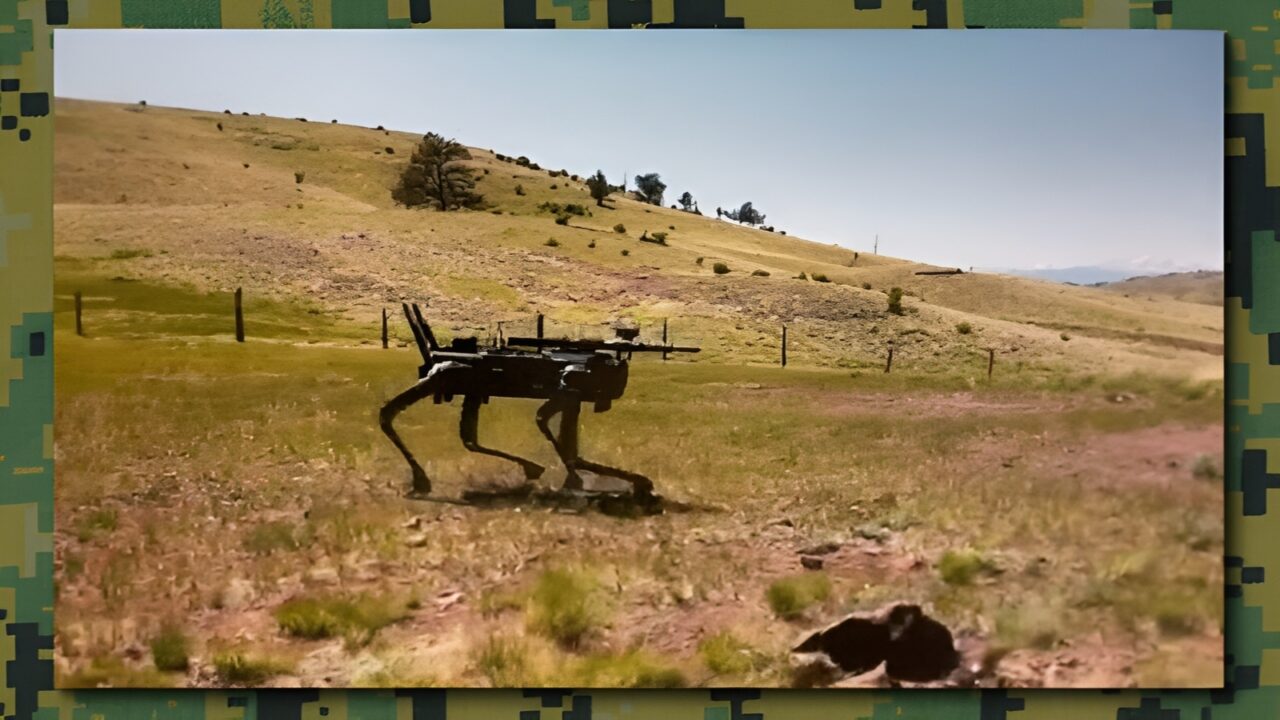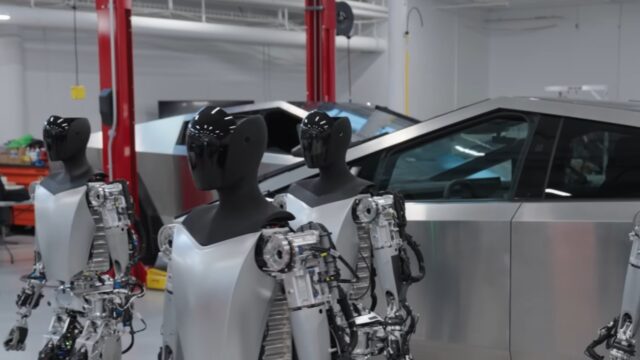The US Marine Corps Special Operations Command (MARSOC) is testing armed robot dogs produced by Ghost Robotics and equipped with AI targeting systems developed by Onyx Industries. These four-legged robots are each designed for specific tasks and can indeed carry powerful weapons. Here are the details…
US Navy tests AI-supported armed robot dogs
These robot dogs, known as quadruped unmanned ground vehicles (Q-UGVs), are primarily used for reconnaissance and surveillance purposes. However, the most exciting part is their ability to be armed and turned into soldiers for remote intervention. Previously, rocket launcher-equipped robot dogs had been tested by the US Marines, but this time it seems things have advanced further.

Currently, MARSOC is testing two armed Q-UGVs from Onyx Industries. These weapon systems carry the SENTRY Remote Weapon System (RWS) with an AI-supported digital imaging system. This system can automatically detect and track humans, drones, or vehicles and report potential targets to a remote human operator anywhere in the world.
However, it’s important to note that the decision to pull the trigger is still made by a human, so the system is not fully autonomous. A video shared by Onyx Industries on LinkedIn demonstrates how a similar system works. Meanwhile, MARSOC emphasizes that armed robots are just one of many possible applications. Therefore, it’s not yet clear exactly how these robot dogs will be used in the future.
With the advancement of this technology, armed robot dogs are likely to become more common on the battlefield. However, this raises serious questions about the future of increasingly autonomous weapon systems, potential risks, and ethical concerns. The potential reactions if similar systems were to be used by local police departments in the future are also concerning.
These AI-supported armed robot dogs will bring both opportunities and challenges both on the battlefield and in daily life. So, what do you think about these incredible robot dogs? Are you ready to see more about this aspect of future warfare technologies? Feel free to share your thoughts in the comments below.














